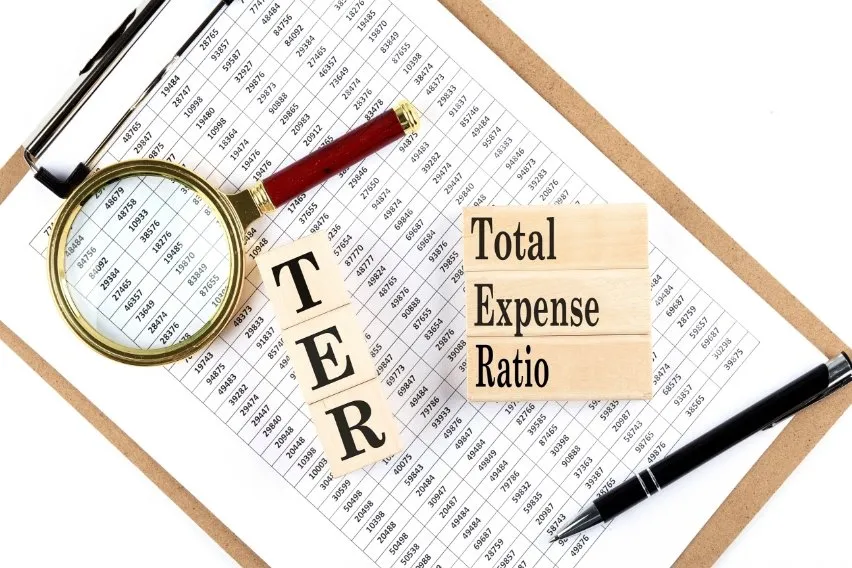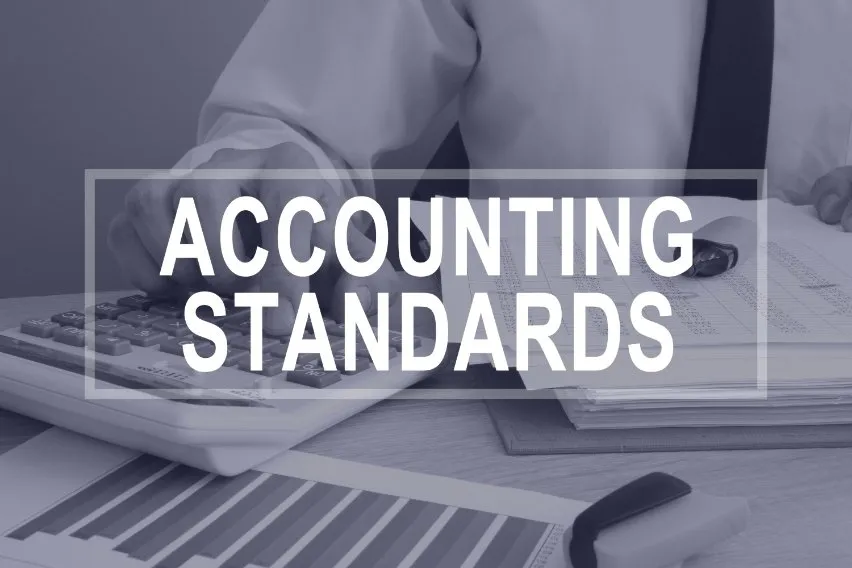Creative Accounting: Definition, Types & Methods

Being a business owner means there are several key areas to consider to keep your finances in order. You need to focus on the company’s assets to ensure future gains and steady profits. Implementing healthy accounting practices will help contribute to increased profits. Yet, sometimes there can be a need to get creative as regulations change or required parameters evolve.
Creative accounting is a practice that’s been around the business world for a long time. It can help your company if done properly. But you won’t always follow certain accounting standards that you used to follow. Continue reading to learn more about creative accounting. We’ll cover how it works, the different types and methods, and more.
Table of Contents
Methods of Creative Accounting
Creative Accounting Advantages
Creative Accounting Disadvantages
Examples of Creative Accounting
What Is Creative Accounting?
The creative accounting definition refers to a way of reporting financial statements in a less-than-transparent way. It involves taking advantage of loopholes and ambiguity in accounting principles. Essentially, you intentionally portray a company’s apparent financial health in a different light.
Such behaviours seem dubious and unethical. But realistically, they are well within certain legal requirements and standard accounting practices.
There are other related terms used to describe creative accounting (CA). It is often described as innovative accounting, aggressive accounting, or window dressing. But no matter how it’s described, it can falsely portray some accounts and company charges. And this can happen at any time, such as in the first quarter or second quarter of a given fiscal year.
How Creative Accounting Works
Sometimes, there’s more to financial statements than meets the eye. Creative accounting demonstrates this expression in accounting principles. How do creative accounting techniques work, and are creative accountants any good? The answer depends on how you see it.
Sometimes, accounting policies are ambiguous or not clear enough. Some regulations might even be so subjective that they allow accountants to use their best judgement in their cases. A good example is the valuation of assets. What’s a fair value is mostly reliant on personal judgements.
Yet these moments can also be seen as opportunities. Accountants leverage these shortcomings of the law to their advantage. For example, they might overreport or underreport the company’s asset and profit figures. This can depend on what they want to achieve on their financial statements.
Sometimes, it’s to attract investors or it could be to help a company with its legal matters. Companies that adopt creative accounting operate at a level of high risk. Their activities are legal, but they put their companies at the edge of reputational risk.
Types of Creative Accounting
Most people agree that creative accounting (CA) can be unethical. Yet there are also moments and situations where it’s needed. You have to do what you must to keep your business moving, as long as things stay legal.
Because of this, we might classify CA into two types based on overall motive:
Ethical CA
This is when business owners use CA to save their business in the case of a looming collapse.
Non-Ethical CA
A company could also intentionally adopt CA for selfish interests. Not minding the effects of their actions on their shareholders or stakeholders. This type of situation can be considered unethical CA.
Methods of Creative Accounting
Now, let’s examine how creative accountants do their thing.
- Property Revaluation: Each company or business is expected to show the value of its fixed assets on its balance sheet. But some companies take the opportunity to overvalue their property and other fixed assets.
- Different Depreciation Methods: These are specific methods that are not in strict compliance with accounting practices.
- Inflation Of Inventory: A company may decide to send an invoice to its client before the end of an accounting period but deliver the goods after the period. This gives the sales and profit figures a boost.
- Revaluation Of Earnings Downwards: A high-profile company might revalue its earnings downward. This is usually done to make its balance sheet less attractive to regulators. Ultimately, this move can help a company pay less in taxes.
Creative Accounting Advantages
Depending on your outlook on creative accounting, it can provide several advantages. These can include the following:
- Obtaining A Competitive Advantage: Many business owners don’t want to reveal that they are losing. They may choose to adopt CA in their financial statements to look good in the industry.
- Getting More Loans: Some businesses also draft their financial reports to look good to lenders and get loans.
- Improving Tax Planning: CA can provide a legal way to avoid certain tax liabilities.
- Attracting Investors: This is a way to appeal to more investors and have them invest in shares.
- Meeting External Expectations: CA can help business owners meet the expectations of customers and shareholders. In turn, ensure management’s job security.
Creative Accounting Disadvantages
CA can also bring a range of disadvantages worth knowing about. These can include the following:
- CA could lead to stunted growth, liquidation, or the eventual collapse of a company.
- Stakeholders could lose confidence in a company if they discover a case of CA. Customers, lenders, and suppliers may stop taking the company seriously.
- A company could lose both potential and existing investors.
Examples of CA
- Cinco Incorporated
Cinco was a medical firm in Bangladesh that inflated its inventory’s value to increase profit. The inflation initially took place in the first year, but it could not cover things up properly the following year. The inflated value couldn’t cover up the problem any longer. Then the company staged a fire outbreak and listed both the missing and the obsolete inventories among the things it lost to the fire.
The shareholders had benefitted from the CA practice in the past, but they suffered in the next period. Their shares fell after the fraudulent accounting practices came to light, and the company was embattled with serious litigation.
- Parmalat
This Italian dairy giant enjoyed the benefits of CA before its bankruptcy. It was the largest bankruptcy case in European history. It sold itself several credit-linked notes and over-accounted for its values in its financial statement. The company stated publicly that it had about $2 billion in liability, but it was later discovered that its debt was $14.5 billion.
- Satyam
This real estate company had its market cap fall from Rs. 1,607,04 to Rs. 15,262 within a day. The management had falsified its accounts, income tax returns, and invoices. Before its collapse, the business had been operating successfully.
The company’s management had purchased properties aggressively, hoping to resell them at a better value and make a profit. Then came a recession that spelt doom in the real estate market in 2008. The recession ruined the company’s plans, and it couldn’t balance its books. It became practically impossible to continue.
Key Takeaways
Creative accounting helps, but it is a bit of an ambiguous accounting method. Often, a company’s management adopts such behaviours to sustain its business. CA isn’t illegal and can provide some substantial benefits for your business if done properly. But it’s important to stay within certain accounting practices and not engage in unlawful or suspicious activity.
Ultimately, CA can be useful in some situations. But it’s safer to opt for financial reporting without accounting manipulation. This improves a company’s reputation and mitigates auditing risks.
FAQs on Creative Accounting
Is creative accounting illegal?
CA is neither legal or illegal but considered unethical in some cases. Skilled accountants manipulate the financial reports of a company and disguise its fiscal reality.
How can you avoid creative accounting?
Companies should be consistent in applying accounting policies and methods. Companies should refrain from creating artificial financial transactions and overvaluing assets. Auditors of businesses should look in depth when carrying out their auditing procedures. Also, business owners should create an atmosphere that enables ethical conduct.
What is the difference between window dressing and creative accounting?
Window dressing is synonymous with CA. They both entail the exploitation of loopholes in financial regulations. And aim to gain advantages by misleadingly presenting figures.
RELATED ARTICLES



 Total Expense Ratio (TER): Definition, Formula & Limitations
Total Expense Ratio (TER): Definition, Formula & Limitations Accounting Records: Definition, Types & Examples
Accounting Records: Definition, Types & Examples Departmental Accounting: Definition, Types & Methods
Departmental Accounting: Definition, Types & Methods Accounting Income: Definition, Types & Calculation
Accounting Income: Definition, Types & Calculation Accounting Standards: Definition & History
Accounting Standards: Definition & History Property, Plant, and Equipment (PP&E): A Complete Overview
Property, Plant, and Equipment (PP&E): A Complete Overview